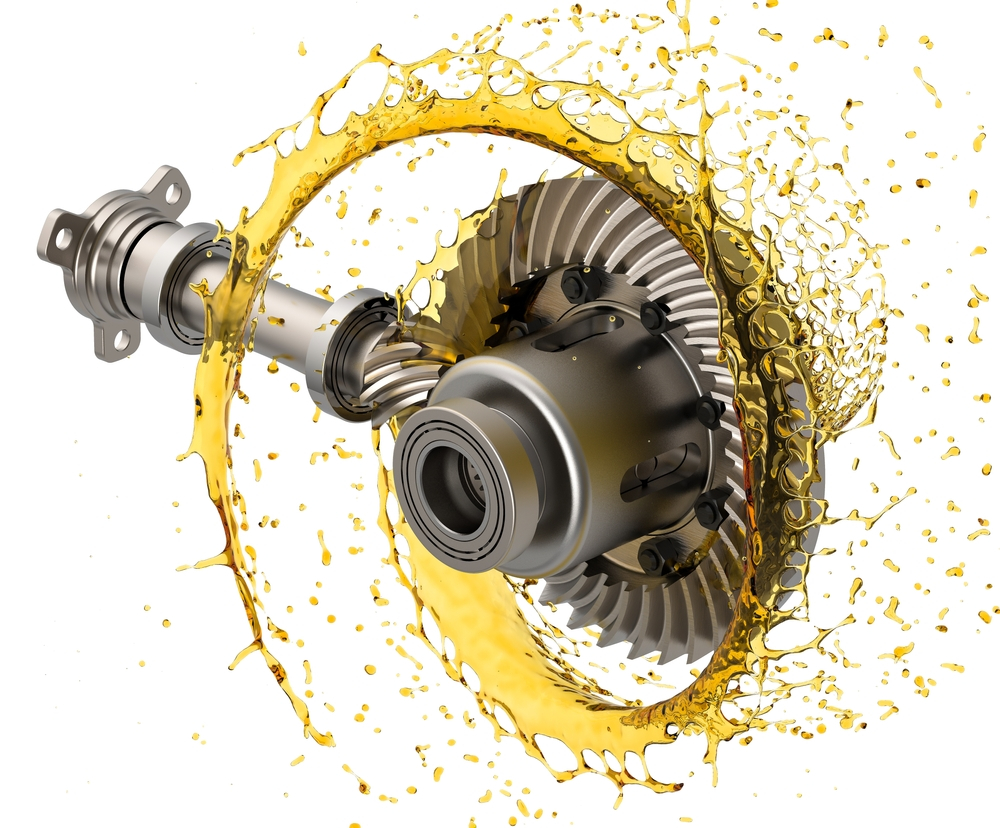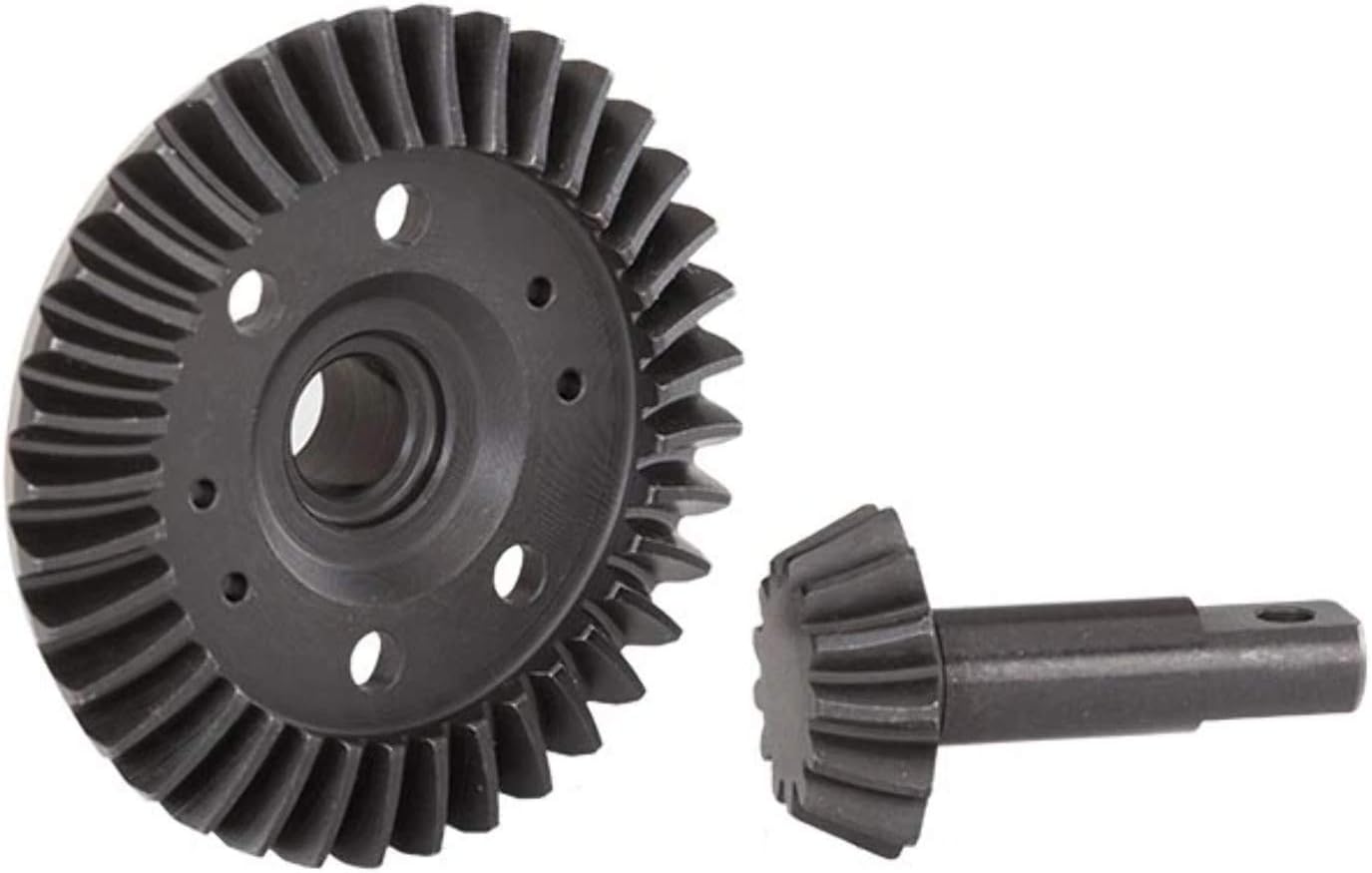Product Description
Product Description
| Car Fitment | GAZ |
| OE No. | -10 |
| Speed Ratio | 8/37 |
| Type | Differential Gear |
| Material | 20CrMnTi/ 8620 |
| Hardness | HRC58-62 |
| Treatment | Carburizing,Hardening, tempering,high frequency treatment,black coating,zincing,nickelage |
Company Profile
HangZhou CHINAMFG Machinery is a professional manufacture of spiral bevel gear. The company has CNC milling machine, the GLEASON milling machine, rolling inspection machine, gear measuring center, a full set of metallographic analysis, inspection equipment and other related advanced equipment.
Our company owns gear measuring center equipped with advanced testing machines such as contourgraph, universal measuring microscope and full set netlaaographic analysis detector. According to various technical requirements and through procedures of sampling, special inspection and re-examination, multi-indexes of gears like observation, measurement and tracking can be completed.
With our high quality products, high credibility and trusty cooperation, aiming to be a highly specialized gear manufacturer of high level and all-directional service,we are looking CHINAMFG to your business negotiation and our promising cooperation.
FAQ
Q1: Are your products standard?
A: Our model is standard, if you have specific demand, pls tell us the details.
Q2: What is you main categories?
A: CHINAMFG truck parts, CHINAMFG truck parts, Hino truck parts, CHINAMFG truck parts,Mazda truck parts, CHINAMFG truck parts, Benz truck parts etc.
Q3: If we don’t find what we want on your website, what should we do?
A: You can email us the descriptions and pictures of the products you need, we will check whether we have them.
B: We develop new items every month, and some of them have not been uploaded to website in time. Or you can send us sample by express, we will develop this item for bulk purchasing.
Q4: What is your terms of payment?
A: T/T 30% as deposit, and 70% before delivery. We’ll show you the photos of the products and packages before you pay the balance.
Q5:Do you test all your goods before delivery?
Yes, we have 100% test before delivery.
| Application: | Motor, Electric Cars, Motorcycle, Machinery, Agricultural Machinery |
|---|---|
| Hardness: | Hardened Tooth Surface |
| Gear Position: | External Gear |
| Manufacturing Method: | Cut Gear |
| Toothed Portion Shape: | Curved Gear |
| Material: | Cast Steel |
| Customization: |
Available
| Customized Request |
|---|

How does a differential gear distribute power between the wheels?
A differential gear is responsible for distributing power between the wheels of a vehicle, allowing them to rotate at different speeds while maintaining torque transfer. Here’s a detailed explanation of how a differential gear accomplishes this:
1. Power Input:
The differential gear receives power from the transmission or driveshaft connected to the engine. This power is transmitted to the differential assembly, which is typically located in the axle housing.
2. Ring and Pinion Gears:
Within the differential assembly, the power from the driveshaft is transferred to the ring and pinion gears. The ring gear is a large gear that surrounds the differential assembly, while the pinion gear is a smaller gear connected to the driveshaft. The interaction between these gears allows the power to be redirected.
3. Side Gears and Spider Gears:
The ring gear is connected to side gears, also known as bevel gears, through a set of small gears called spider gears. The side gears are attached to the axle shafts, which are responsible for transmitting power to the wheels. The spider gears allow the side gears to rotate independently of each other while maintaining torque transfer.
4. Differential Action:
As the vehicle moves, the differential gears enable the wheels to rotate at different speeds during turns. When the vehicle is moving in a straight line, the spider gears rotate smoothly, allowing equal power distribution to both wheels. However, during a turn, the inside wheel travels a shorter distance than the outside wheel, causing them to rotate at different speeds.
5. Speed and Torque Distribution:
The differential gear adjusts the speed and torque distribution between the wheels based on their rotational differences. When the vehicle is turning, the spider gears allow one wheel to rotate faster than the other, ensuring that torque is transferred to the wheel with better traction. This allows the wheels to rotate at different speeds, preventing tire scrubbing and providing smooth cornering.
6. Limited-Slip and Locking Differentials:
In certain differential systems, such as limited-slip differentials or locking differentials, additional mechanisms are incorporated to enhance traction and power distribution. Limited-slip differentials use clutch packs or friction plates to provide a predetermined amount of resistance, allowing some speed differentiation between the wheels while still transferring power. Locking differentials, on the other hand, lock the side gears together, ensuring equal torque distribution to both wheels, regardless of traction conditions.
7. Differential Types:
There are various types of differentials, including open differentials, limited-slip differentials, electronic differentials, torque vectoring differentials, and more. Each type has its own mechanisms and technologies to distribute power between the wheels effectively, depending on the vehicle’s requirements and driving conditions.
In summary, a differential gear distributes power between the wheels by utilizing a system of gears, including ring and pinion gears, side gears, and spider gears. The differential action allows the wheels to rotate at different speeds during turns, ensuring smooth cornering and preventing tire scrubbing. Additional mechanisms, such as limited-slip or locking differentials, can further enhance traction and power distribution in various driving conditions.

What is the process for diagnosing and repairing a differential gear issue?
Diagnosing and repairing a differential gear issue involves several steps to identify the problem accurately and implement the necessary repairs. Here’s a detailed explanation of the process:
- Initial Inspection: The process begins with a visual inspection of the differential gear assembly and surrounding components. This includes checking for any signs of leaks, damage, or abnormal wear. The technician will also listen for unusual noises, such as grinding, whining, or clunking sounds, which can indicate potential issues.
- Fluid Inspection: The next step is to inspect the differential gear oil. The technician will check the fluid level and condition. Contaminated or low fluid levels can contribute to differential problems. If the fluid appears dirty, metallic, or has a burnt smell, it may indicate internal damage or excessive wear.
- Test Drive: A test drive is often conducted to observe the vehicle’s behavior and confirm the presence of any differential gear issues. The technician will pay attention to abnormal noises, vibrations, or handling characteristics that may point to specific problems within the differential assembly.
- Differential Disassembly: If a differential issue is suspected, the technician may need to disassemble the differential assembly for a more detailed inspection. This involves removing the driveshaft, axles, and other components to gain access to the differential gears. The differential housing and gears are carefully inspected for signs of wear, damage, or misalignment.
- Measurement and Evaluation: Precision measurements are taken to assess the condition of the differential gears, bearings, and related components. This may involve using specialized tools to check gear backlash, gear tooth wear, bearing clearances, and other critical parameters. These measurements help determine the extent of the problem and whether components need to be repaired or replaced.
- Component Repair or Replacement: Based on the evaluation, the technician will determine the appropriate repair or replacement actions. Damaged or worn components such as gears, bearings, seals, or shims may need to be replaced. In some cases, the entire differential assembly may need to be replaced if the damage is extensive or the cost of repairs outweighs replacement.
- Reassembly and Adjustment: Once the necessary repairs or replacements have been made, the differential assembly is reassembled with new components. Proper adjustments are made to ensure correct gear meshing, preload, and backlash. The technician will also refill the differential with the recommended fluid and perform any additional adjustments or calibrations as required.
- Final Testing: After reassembly, a final test drive is conducted to verify that the differential gear issue has been successfully resolved. The technician will listen for abnormal noises, monitor handling characteristics, and assess overall performance to ensure proper functionality of the repaired differential.
In summary, diagnosing and repairing a differential gear issue involves an initial inspection, fluid inspection, test drive, differential disassembly, measurement and evaluation, component repair or replacement, reassembly and adjustment, and final testing. This systematic process helps identify the problem, determine the necessary repairs, and restore the differential gear to proper working condition.

What is a locking differential, and when is it used?
A locking differential is a specialized type of differential gear that provides maximum traction in challenging driving conditions. Here’s a detailed explanation:
Definition:
A locking differential, also known as a locker, is a mechanism that locks the rotation of the two wheels on an axle together, ensuring they both receive equal torque simultaneously. Unlike open differentials or limited-slip differentials, which allow the wheels to rotate at different speeds, a locking differential forces both wheels to turn together, regardless of traction conditions.
Function:
The primary function of a locking differential is to maximize traction. By mechanically linking the two wheels on an axle, a locking differential ensures that both wheels receive an equal amount of torque, regardless of the traction available to each wheel. This feature is particularly useful in off-road or extreme driving conditions where maintaining traction on all wheels is crucial.
Usage:
A locking differential is typically used in situations where improved traction is essential. Here are some scenarios where a locking differential is commonly employed:
1. Off-Road Driving:
Off-road enthusiasts often encounter challenging terrains with uneven surfaces, deep mud, rocks, or slippery conditions. In these situations, a locking differential can provide maximum traction by ensuring that both wheels on an axle rotate together. This helps prevent wheel spin and increases the likelihood of successfully navigating through difficult obstacles.
2. Rock Crawling:
Rock crawling involves traversing over large rocks and boulders, where maintaining traction is crucial. A locking differential allows both wheels to maintain contact with the ground simultaneously, providing better grip and stability. This enables the vehicle to crawl over rocks with minimal wheel spin and improved control.
3. Towing and Hauling:
When towing or hauling heavy loads, a locking differential can enhance traction and stability. The additional torque applied to both wheels helps prevent wheel slip and provides better power transfer to the ground. This is particularly useful in situations where the load may affect weight distribution and traction on the drive wheels.
4. Extreme Weather Conditions:
In certain weather conditions such as deep snow, ice, or mud, a locking differential can offer improved traction. By ensuring that both wheels on an axle rotate together, a locking differential helps mitigate wheel slip and enhances the vehicle’s ability to maintain forward momentum even in low-traction environments.
5. Off-Road Racing:
In off-road racing, where high-performance vehicles face demanding terrains and aggressive maneuvers, locking differentials are often utilized. The maximum traction provided by a locking differential allows for better acceleration, cornering, and overall performance in challenging racing conditions.
It’s important to note that while a locking differential offers superior traction, it can also negatively impact handling and maneuverability on paved surfaces. Due to the locked wheel rotation, turning becomes more difficult, and tire scrubbing may occur. Therefore, locking differentials are predominantly used in specialized applications or off-road vehicles designed for demanding environments.
In summary, a locking differential is a mechanism that locks the rotation of both wheels on an axle together, maximizing traction in challenging driving conditions. It is commonly used in off-road driving, rock crawling, towing and hauling, extreme weather conditions, and off-road racing, where maintaining traction is crucial for performance and stability.


editor by CX 2023-10-12